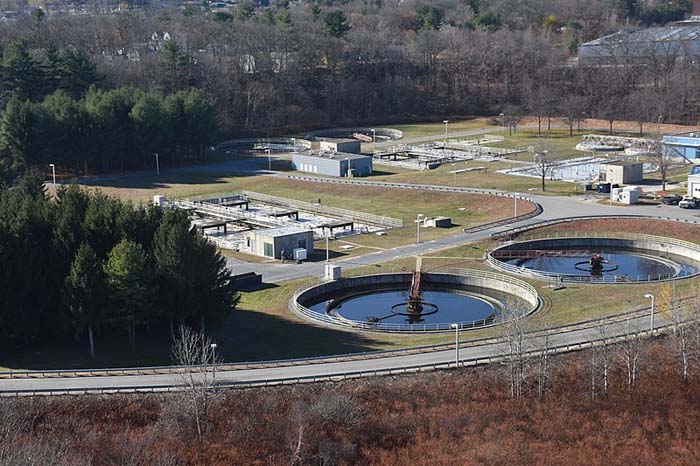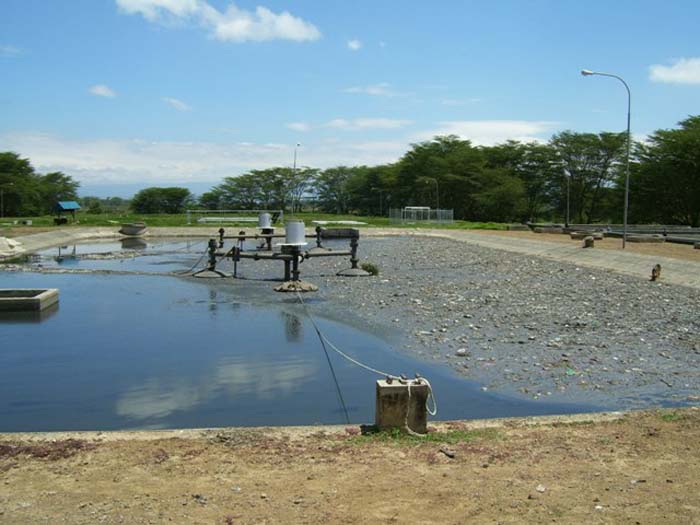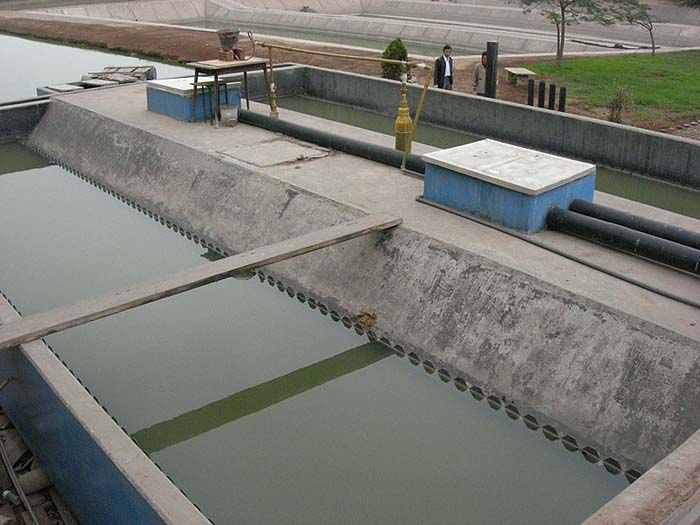
Water management challenges encompass a wide range of problems related to water resource quality, distribution, and allocation. Political, social, environmental, and economic issues all fuel these challenges.
Here are some of the challenges that come with water management:
The management of water resources is an intricate and diverse problem with far-reaching consequences for economies, ecosystems, and people. Some of the most significant challenges in water management include the following:
- Financial and Economic Constraints
- Affordability
The persistent challenge is to ensure that everyone can buy water while also covering infrastructure and maintenance costs.
- Investment Need
Water infrastructure development and maintenance necessitate substantial financial commitment, which is frequently absent, especially in nations with low incomes.
- Ecological Sustainability
- Ecosystem Health
Because of the risks posed by pollution and over-extraction, it is critical to keep aquatic ecosystems in good shape to protect biodiversity and the benefits they offer.
- Conservation Efforts
One of the biggest problems with sustainability is balancing human water consumption with the need to protect ecosystems.
- Urbanization and population growth
- Infrastructure Strain
Insufficient water infrastructure is a common cause of poor sanitation and water scarcity in urban areas.
- High Demand
The need for water for farming, manufacturing, and domestic purposes is increasing as a result of urbanization and rapid population expansion.
- Limitations on Technology and Data
- Technological Gaps
Modern water conservation, treatment, and distribution systems are essential, but they may need to be financially out of reach for some areas.
- Data Collection and Monitoring:
Unfortunately, there is frequently little or incorrect data on water availability, quality, and consumption, which is crucial for effective water management.
- Change in Climatic Conditions
- Glacial Melt
Areas that rely on glacial melt for their water supply will see a decrease in the long-term availability of water as glaciers melt.
- Altered Hydrological Cycles
More intense and frequent floods and droughts are consequences of climate change, which alters the patterns of rainfall.
- Governance and Policy
- Coordination among Stakeholders:
The local communities, public sector, and governments all have a hand in water management, but it cannot be easy to get everyone on the same page.
- Regulatory Frameworks
Unfortunately, many countries lack adequate or poorly enforced legal and regulatory structures necessary for effective water management.
- Transboundary Water Problems
- International Cooperation
It may be difficult to achieve the international cooperation and treaties required for effective transboundary waterway management.
- Shared Water Resources
Disputes over water usage and rights arise when numerous countries share bodies of water like lakes and rivers.
- Scarcity and Distribution of Resources
- Seasonal Variability
It is more difficult to manage water resources in places where there are large seasonal changes in rainfall.
- Uneven Distribution
Worldwide, water resources are unevenly distributed. Water is abundant in certain regions—like the Amazon Basin—but scarce in others, such as North Africa and the Middle East.

- Water quality and pollution
- Waste Management
Solid waste and untreated sewage, which result from insufficient waste management procedures, contaminate water sources, especially in developing areas.
- Runoff from Agriculture and Industries
Industrial processes and agricultural runoff pollute water supplies with nutrients, heavy metals, and chemicals, endangering environmental and human health.
How to address water management challenges
Community engagement, technology in transboundary innovation, sustainable practices, and policy development are all important parts of a comprehensive strategy to address water management issues. To overcome these obstacles, keep the following in mind:
- Integrated Water Resources Management
This method encourages the coordinated management and development of water, land, and associated resources. This comprehensive approach ensures the consideration of environmental, economic, and social factors in the management of water resources.
- Policy and Governance
- Regulatory Frameworks
Create and implement strict regulations for the management of water resources that address issues such as sustainable use, contamination, and over-extraction.
- Transboundary Cooperation
The best way to manage shared water resources and keep disputes at bay is for countries and regions to work together.
- Climate Change Adaptation
- Resilience Planning
In your water management strategies, plan for the increased frequency of floods and droughts caused by climate change.
- Green Infrastructure
To control city runoff and stormwater management, use green infrastructure solutions, such as green roofs and permeable pavements.
- Sustainable Agriculture Practices
- Crop Selection
Reduce water use by promoting crop rotation and drought-resistant crop varieties.
- Effective Irrigation
Drip irrigation and other effective irrigation methods can help farmers save water.
- Technological Innovation
- Desalination
It is extremely important to invest in desalination technologies in dry areas so that we can turn seawater into drinkable water.
- Water Purification
Create cutting-edge water purification technologies to ensure that people can drink safe water.
- Reusing and Recycling Water
- Industrial Water Reuse
Encourage industries to integrate wastewater recycling into their operations.
- Greywater Recycling
Recycle and purify home wastewater for non-drinking applications such as flushing toilets and watering plants.
- Conservation and Demand Management
- Water Pricing
Implement tiered water pricing to encourage efficient use and reduce waste.
- Public Awareness Campaigns
Make sure people in your area know how to save water and why it’s important.
- Ecosystems’ Protection
- Riparian Buffers:
Establishing and maintaining riparian buffers along water bodies will improve water quality and reduce runoff contamination.
- Wetland Conservation
Wetlands serve as natural reservoirs and filters for water; it is important to preserve and restore them.
- Community Education and Involvement
- Stakeholder Participation
To make sure water management solutions are adapted to local conditions, it’s important to involve local communities in the decision-making process.
- Educational Programs
Spread the word about the importance of water conservation and sustainable practices through community and school-based educational initiatives.
- Water Infrastructure Improvement
- Smart water systems
Smart meters and Internet of Things sensors can help you monitor water use, find leaks, and maximize distribution efficiency.
- Modernizing Infrastructure
By updating its outdated infrastructure, the water delivery system may become more efficient and leak-proof.
- Rainwater Harvesting
- Urban and Rural Systems
Install rainwater harvesting systems in rural and urban locations to reduce reliance on municipal water and groundwater supplies. These systems gather and store rainwater for diverse uses.

By incorporating these solutions to address water management concerns more effectively, we can ensure equitable and sustainable water supplies for future generations.
Benefit of water management
Many different areas can profit from efficient water management, including the environment, the economy, and society as a whole. Here are a few important benefits:
- Economic Benefits
- Sustainable Development
Especially in areas where water is scarce, sustainable economic development can flourish with the help of well-managed water supplies.
- Cost Savings
Efficient water usage can significantly reduce water treatment, distribution, and energy expenses. This is of utmost importance for cities and businesses that use water resources extensively.
- Agricultural Productivity
Precision agriculture and irrigation scheduling are two examples of water management strategies that have the potential to increase agricultural output by decreasing water waste and increasing crop yields.
- Technological and Infrastructural Benefits
- Innovation and Efficiency
Investments in water management technologies, such as real-time monitoring and smart irrigation systems, result in more effective use of water resources.
- Infrastructure Resilience:
Updating and maintaining water infrastructure is an important part of effective management because it makes it more resilient to environmental stresses and ensures continued service.
- Social Benefits
- Quality of Life
Safe drinking water, potable water for cooking and bathing, and water for outdoor recreation all contribute to a high standard of living.
- Social Equity
A fair distribution of water resources is a key component of effective water management. This, in turn, helps to lessen disputes over water usage and guarantees that all communities, especially those on the margins, have enough water.
- Public Health
It is essential for everyone’s health that they have immediate access to potable water. Well-managed water resources lead to better hygiene and sanitation, as well as a decrease in the incidence of water-related illnesses.
- Environmental Benefits
- Reduces the Impact of Climatic Change
Improved drought and flood water supply resilience is one way that efficient water usage and management can help adapt to climate change.
- Reducing Water Contamination
By regulating the runoff of contaminants from urban, industrial, and agricultural areas, water resource management helps to keep water bodies clean.
- Ecosystems’ Conservation
When wetlands, lakes, and rivers are well managed, they continue to receive the water flows necessary for the existence of many animal and plant species.
Conclusion
To tackle these issues, a comprehensive strategy incorporating political, technological, scientific, and social viewpoints is necessary. To guarantee the sustainable and fair distribution of this key resource, the private sector, communities, and governments must work together to create resilient water management policies.
